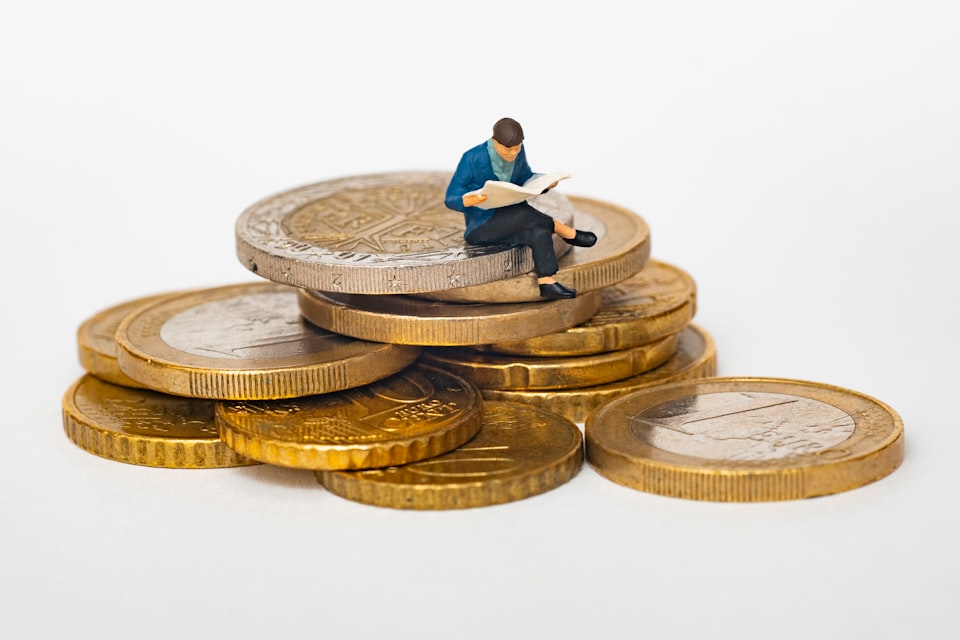How I use behavioural science to manage my money

As a behavioural science practitioner and advocate for personal finance education, I’m fascinated by the psychology of money. This interest also comes from me wanting to know whether I am doing the right thing by understanding what everyone else is doing.
On holiday in Seoul in Spring 2017, I felt I needed to change my spending habits. I was anxious about not having enough for my many future selves. To help those who feel what I felt back then (and sometimes still do), here are four behavioural science-influenced steps I took to take control of my money:
#1 Checked my spending
I made my spending habits salient. I used a budget tracking app for a couple of months and reviewed my credit card statements to understand what I was spending my money on.
#2 Set budgets
I used mental accounting to allocate my income into different categories (for me this was personal expenditure, savings, and investments). An important part of this exercise involved me having to think about what a reasonable lifestyle looked like to me.
#3 Automated allocation
I reduced the friction of sticking to my budgets by setting up automated transfers to different bank accounts, one for each category. I set up automatic investments too.
#4 Not-so-regular reviews
Creating a system was the start of my personal finance journey. I knew that constant reviews would make me anxious (am I doing this right?) and prone to bias so I do this about once or twice a year. I don’t worry about my money as much anymore so that’s already one goal achieved.